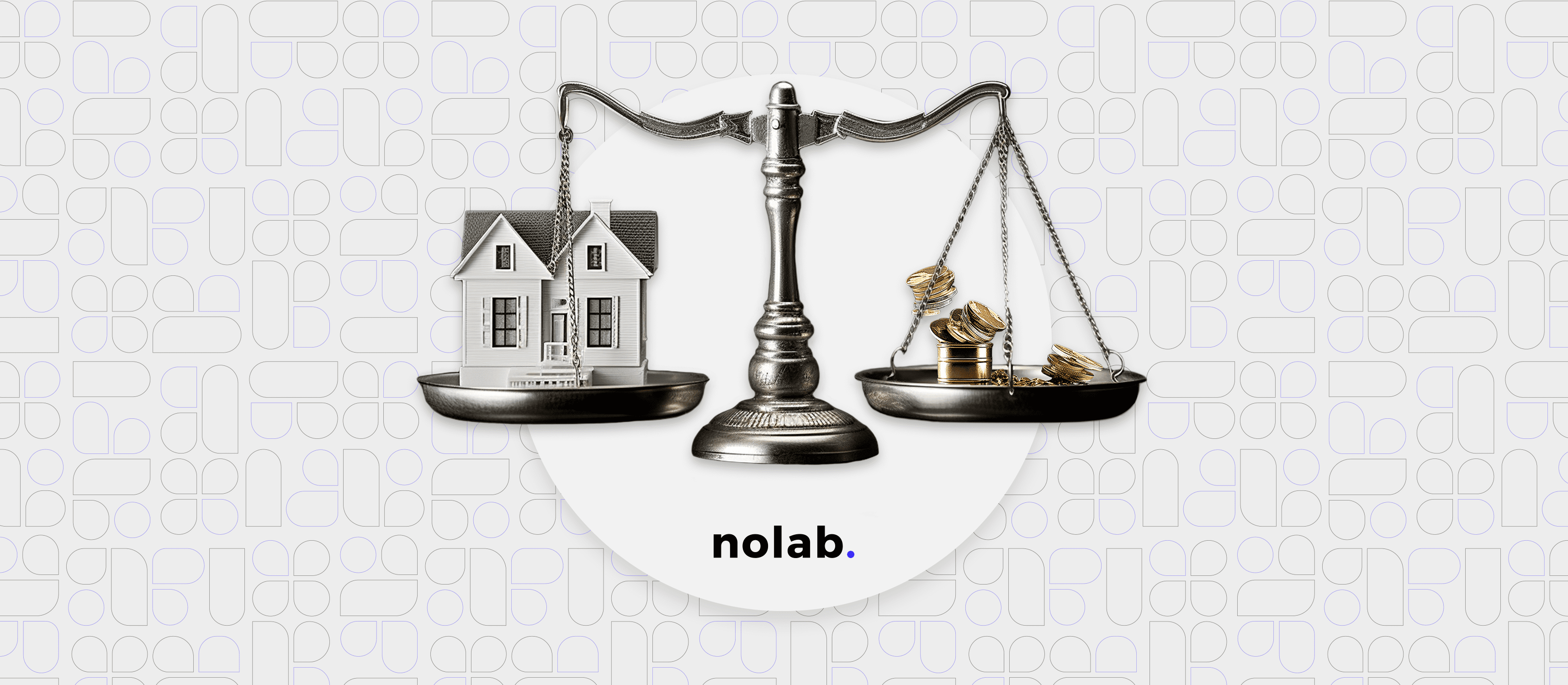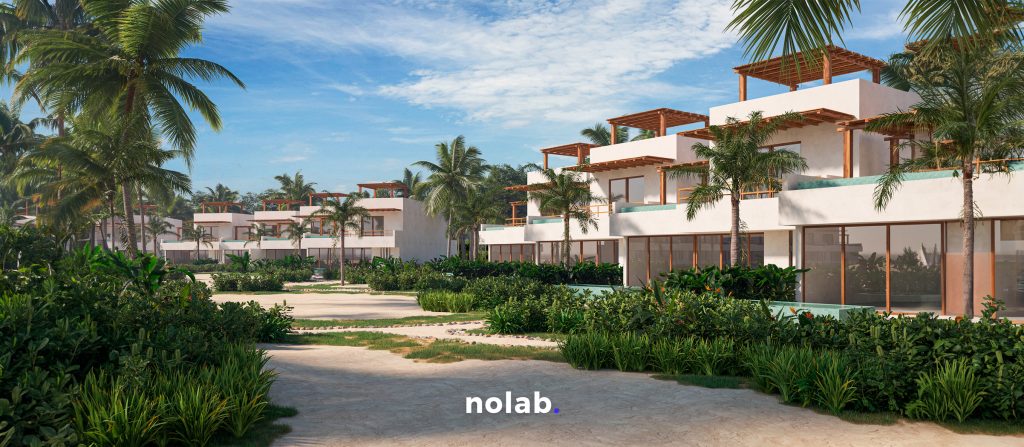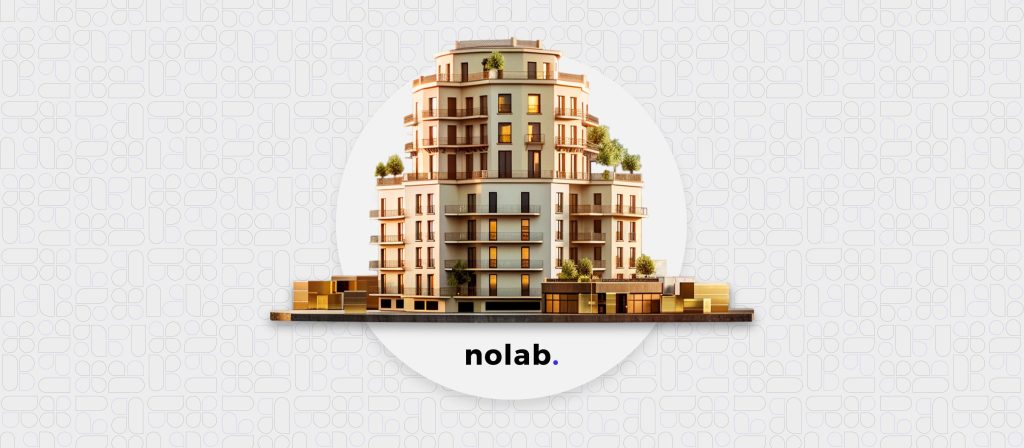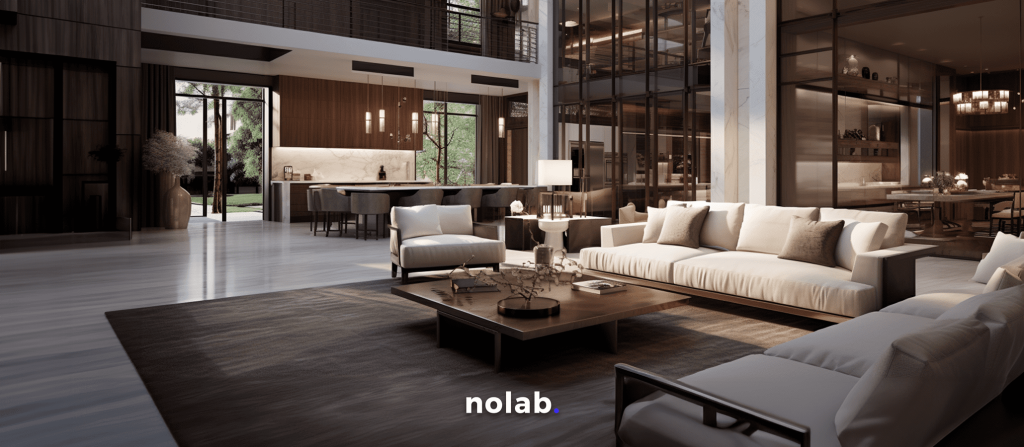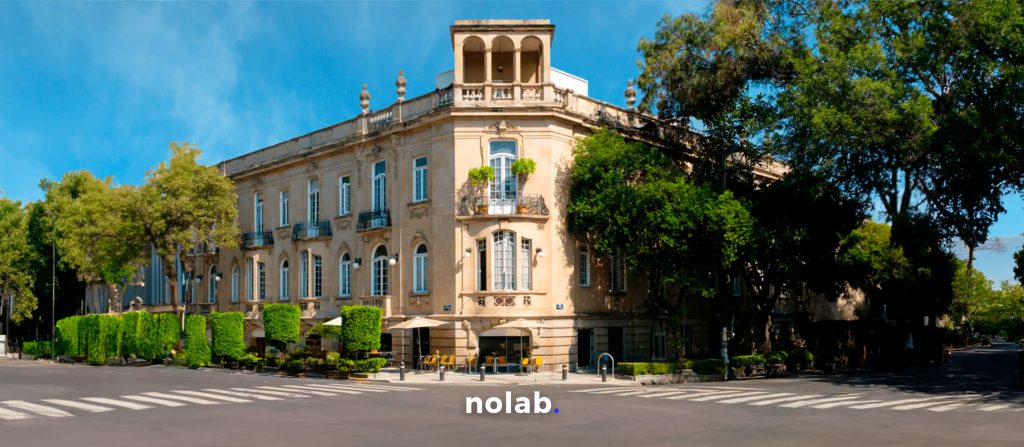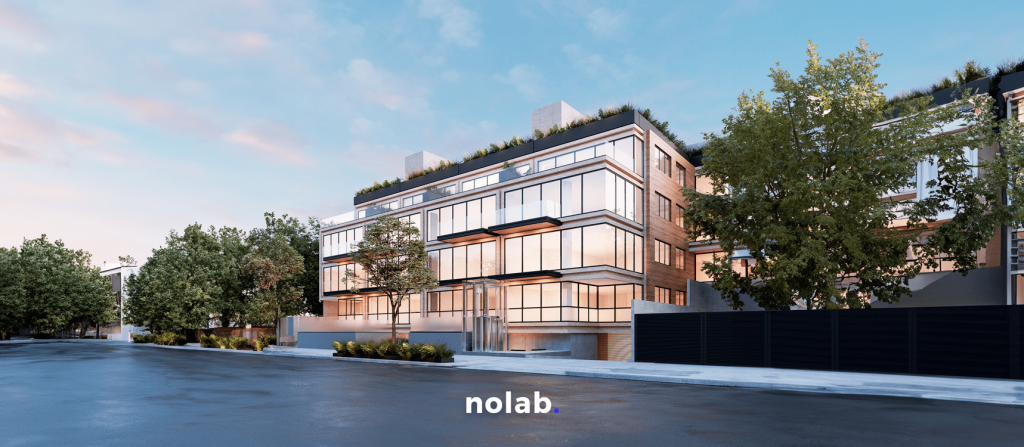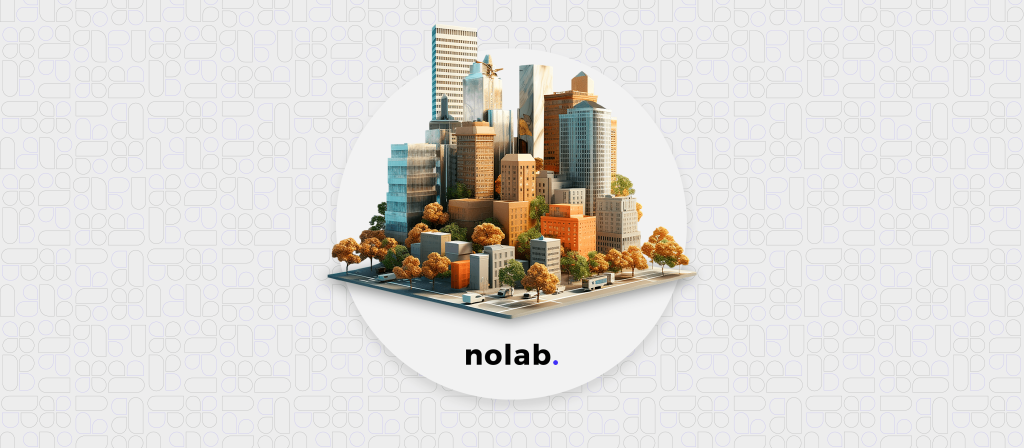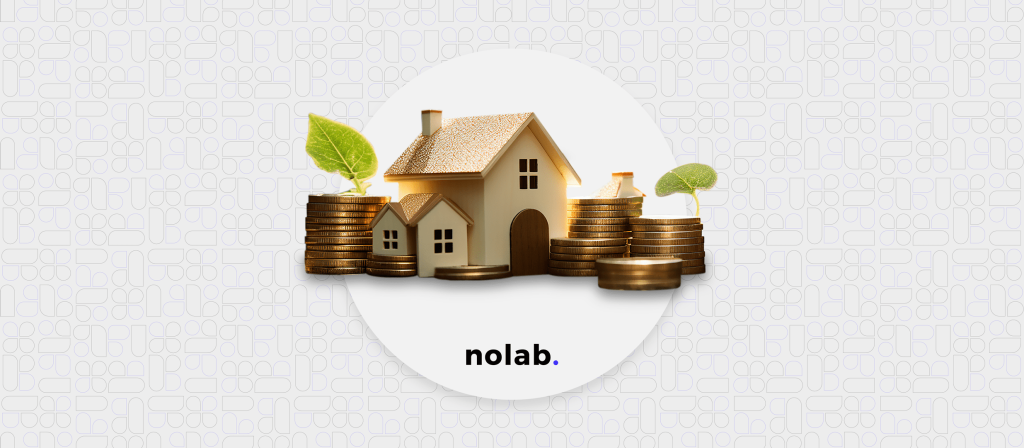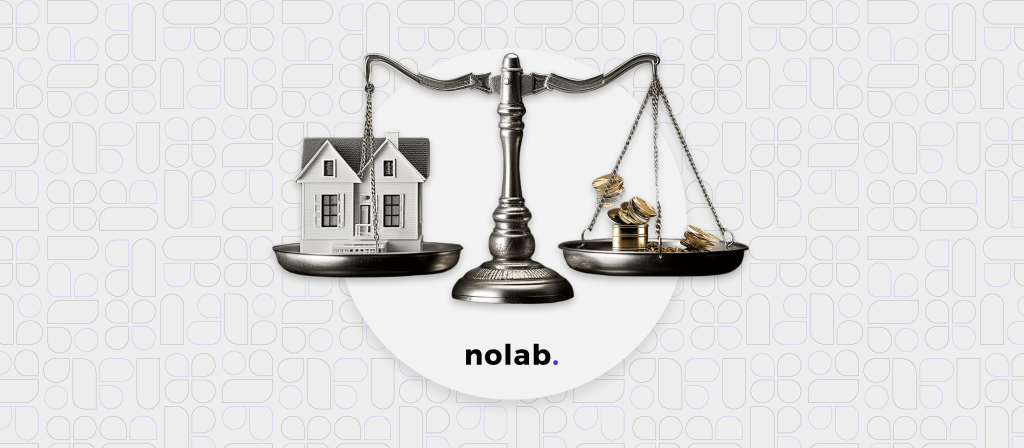Contenido de este artículo 🧭
ToggleThe process of setting the rental price of a property can be complex if a prior study is not carried out that takes into account factors such as expected yields, market trends and similar properties. Getting this first step right is key to benefiting your long-term return on investment. Below we will explore these key factors and provide you with practical recommendations to achieve a competitive and realistic price.
Key factors that influence the lease price of a property.
Establishing a fair and competitive price for your property in the real estate rental market should be a priority for any landlord seeking this type of operation as a way to obtain returns. The rental price is not an arbitrary figure; it should be modeled primarily by elements that reflect the intrinsic characteristics of a property, as well as by what the market and similar rental properties dictate. Let’s look at some of these factors below:
1. Location
Location is one of the most relevant factors to define the rental price of your property. For example, properties in downtown areas with solid infrastructure and services tend to have a higher rental price than those in peripheral locations or with limited services. To give a practical example: in Mexico City, properties located in neighborhoods such as Roma, Condesa, Polanco, and in delegations such as Benito Juárez, Coyoacán, Miguel Hidalgo and Cuajimalpa are much more desirable for renting. The properties located within these areas have avenues and streets of great mobility, as well as public transportation at hand (subway, metrobus, RTP, among others), and are also located near the main financial and work centers, such as Polanco, Av. Revolución, Av. Paseo de la Reforma, Santa Fe, among others.
2. Dimensions
Naturally, the total m2 of a property determines better interior spaces. As long as there is a larger total living area (note: total living area does not include terraces, roof gardens, warehouses or parking spaces), such property will be more attractive since it implies a larger number of rooms or the size of the minimum essential rooms: bedrooms, kitchen, bathrooms and main room.
3. Features
The characteristics of a property directly influence the rental cost of a property, and among the most relevant characteristics we find issues such as number of bathrooms, bedrooms and parking spaces. We also take into account aspects such as whether the roof garden is private, whether the property has a terrace, and last but not least, the quality of materials, finishes and interior and exterior design of the property.
4. Added values
These include amenities such as: swimming pool, playground, internet in all common areas, work spaces, shared roof garden, lobby, fire pit and more.
5. Years of ownership and state of conservation:
Well-maintained properties tend to have a higher rental price compared to those in poor condition, as it involves making repairs and this could cost the tenant money.
6. Demand
The demand for rental properties in a given area has a lot to do with the final price. In order to know this very influential factor, the ideal thing to do is to research in different property rental portals in your area or, alternatively, hire a specialist in the promotion of properties for rent.
What is a good annual yield for a rental property?
The expected annual return on your rental property is a key point in determining the price. This aspect was not mentioned in the previous points as it requires further analysis. Let’s take a look at it below.
Buying a property to lease it out is an investment technique that has existed for hundreds of years. The concept of leasing a property is known to date back to ancient Rome, and having your expected annual return on investment can make or break this investment method. But let’s go by parts: by yield we refer to the profitability that an owner can expect from his rental property, and it may vary according to the factors we saw above.
What is considered a good annual performance?
The desired annual yield varies according to the objectives and circumstances of each owner. However, generally speaking, a good yield for a leasehold property is usually in the range of 5% to 10% of the total value of a property. This range provides a balance between stability and profitability, and is commonly accepted in the real estate world.
- 5% to 7%: This is a yield rate considered moderate. Although it may be lower, it offers stability and may be attractive to more conservative investors.
- 8% to 10%: Considered a solid yield. It offers a balance between stability and superior returns, making it attractive to many investors.
- Above 10%: Although it may be more difficult to achieve, performance above 10% is considered excellent. However, it can often require more active management and may involve greater risk.
Practical example: if you have a property with a value of 1 million pesos, and you wish to obtain an annual yield of 10%, the monthly rental value should be $10,000.00 MXN. However, the percentage of yield varies according to the location and total value of the property.
Methods for establishing the price of a lease
Determining an appropriate rental price requires a methodical approach. The following are some of the most common methods used by owners and investors:
- Gross Yield: It is calculated by dividing the expected annual income by the market value of the property. This method provides an overview of the return on investment.
- Net Yield: Similar to gross yield, but the cost of taxes, repairs and other expenses associated with the property are subtracted. It provides a closer perspective of actual profitability.
- Comparative Method: Involves comparing the price of the property with similar properties in the same area, providing a reference based on the local market.
Tips for setting a competitive and realistic price
Establishing an effective rental price goes beyond applying formulas. Here are some practical tips:
- Market research: It is highly recommended to research the properties for rent in the same area, from the neighborhood to the particular street. Keeping these prices in mind will help you establish a realistic idea of the amount you will be able to charge tomorrow.
- Consider all factors: At this point it is very necessary to reflect on the factors explained above: location, dimensions, characteristics, state of conservation and expected annual profitability.
- Maintenance of the property and the complex where it is located: The maintenance of a property while it is under lease should be agreed upon by both parties. Whether the lessee pays for it, the lessor pays for it, or this expense is taken as a whole. In principle, it is it is advisable to stipulate in the lease agreement . On the other hand, if the property is located within a shared residential complex, such as a condominium or a building, the cost of maintenance shared among the other inhabitants must be taken into account. This maintenance is usually for cleaning and minor repairs (plumbing, wiring, pests, etc.).
- Open negotiation: Therefore, it is highly recommended that both parties be open to negotiate a realistic and fair price that suits the needs of both parties.
- Become a star landlord: Fostering a positive relationship with your tenants can contribute to long-term tenant retention, which means a secure income for your future.
Establishing the ideal rental price is a multifaceted process that requires careful consideration of several factors. By using sound methods, conducting market research and being proactive in property maintenance, owners can achieve competitive and realistic rental rates that optimize their long-term investment. The key lies in the balance between market conditions and the unique characteristics of the property.



